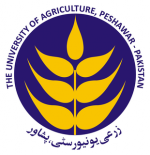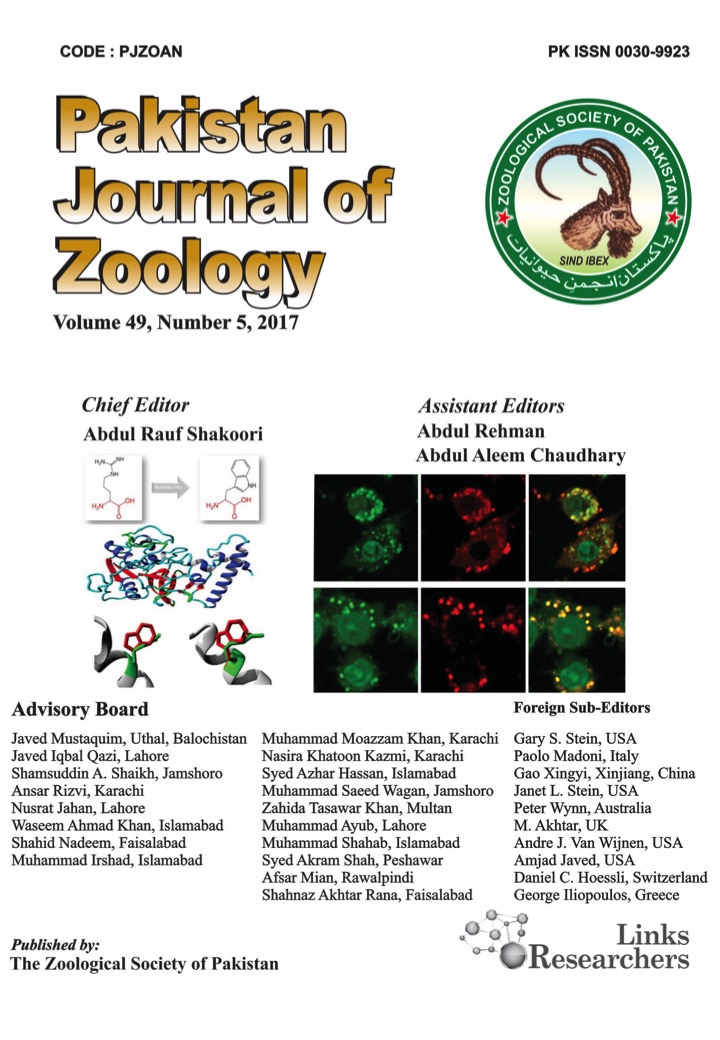Effect of Different Insect Pollinators Conservation Strategies on Fruit Yield Parameters of Pumpkin Cucurbita pepo L.
Effect of Different Insect Pollinators Conservation Strategies on Fruit Yield Parameters of Pumpkin Cucurbita pepo L.
Ghulam Haider1, Shahid Iqbal1,2, Umar Farooq3, Faisal Noor1, Muhammad Zeeshan Majeed3* and Muhammad Dawood3
ABSTRACT
This study aimed to have a comparative evaluation of different insect pollinators’ conservation strategies on fruit yield parameters of pumpkin Cucurbita pepo L. Treatments included the installation of a bee hotel (perforated wooden block) to support nesting solitary bees, an active honeybee (Apis mellifera L.) hive, inter-row planting of flowering plants (aster, verbena and hollyhocks), and these three treatments were compared with the control field receiving all conventional plant production practices. Parameters such as average fruit size, number of fruits per plant and edible fruit yield were recorded. Results of the study showed that pumpkin plants provided with honeybee hive showed a significant increase in number of fruits (17.7%), average fruit yield (33.90%), fruit weight (48.80%) and fruit size (24.90%) as compared to control treatment plants. Treatment plots provided with solitary bee hotels and floral intercropping also showed increased fruit yield parameters as compared to control although there was no statistical difference. Overall study findings demonstrated that the provision of different insect pollinators’ conservation strategies such as installation of honeybee hives and solitary bee hotels and intercropping the field with different flowers boosted up the fruit yield parameters of pumpkin (C. pepo) crop and suggest that the use of honeybee hives can significantly enhance the pumpkin and other cucurbit crops yield.
To share on other social networks, click on any share button. What are these?







